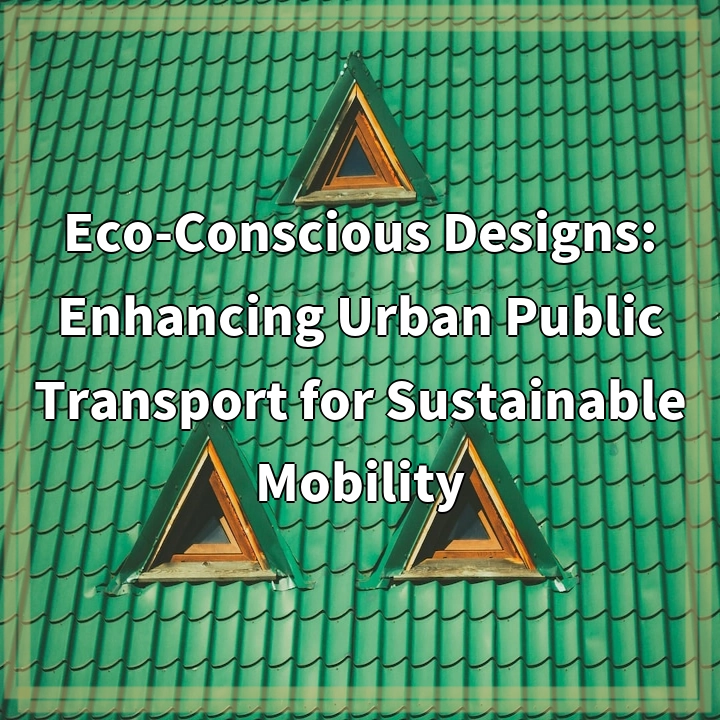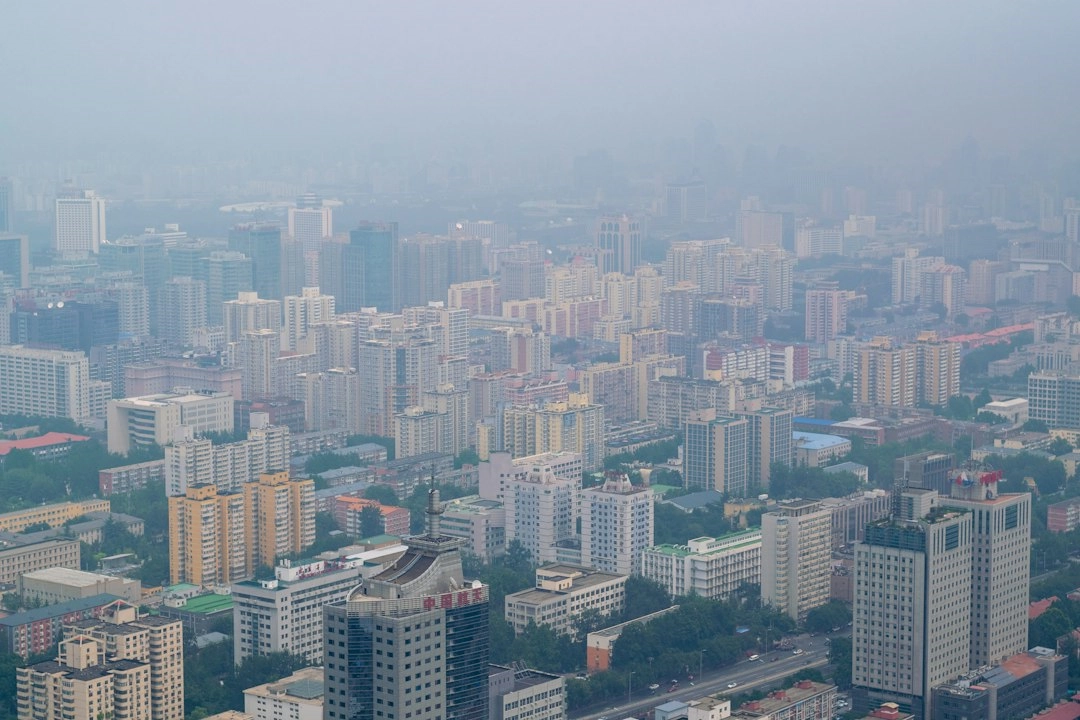
What it is:
Eco-Conscious Designs: Enhancing Urban Public Transport for Sustainable Mobility
As cities continue to face the challenges of population growth, congestion, and environmental pollution, the need for eco-conscious designs in urban public transport has become increasingly evident. Sustainable mobility solutions aim to address these pressing issues by implementing innovative designs and technologies that minimize the environmental impact of transportation while improving the overall quality of urban life.
Real-World Problems:
1. Congestion: Urban areas often experience high levels of traffic congestion, leading to increased emissions and poor air quality. The reliance on private vehicles exacerbates these issues. Eco-conscious public transport designs seek to reduce traffic congestion by providing efficient, accessible, and reliable transportation options that encourage people to leave their cars at home.
2. Air Pollution: The exhaust fumes from traditional vehicles contribute significantly to air pollution, leading to adverse health effects and climate change. Eco-conscious designs focus on utilizing low-emission technologies, such as electric or hybrid buses and trains, to minimize air pollution and improve urban air quality.
3. Carbon Footprint: Public transport systems that solely rely on fossil fuels contribute to greenhouse gas emissions, adding to the global climate crisis. Eco-conscious designs aim to reduce the carbon footprint of urban public transport by integrating renewable energy sources, optimizing energy efficiency, and promoting sustainable practices throughout the transportation infrastructure.
4. Inadequate Accessibility: Lack of accessibility in public transport can hinder mobility for individuals with disabilities or limited mobility. Eco-conscious designs prioritize universal accessibility by incorporating features such as low-floor buses, ramps, elevators, and clear signage to ensure that public transport is accessible for all members of society.
5. Urban Sprawl: Unplanned urban growth and sprawling cities make it challenging to provide efficient public transport networks that serve all areas effectively. Eco-conscious designs consider urban planning principles to develop integrated and well-connected transport systems that accommodate current and future needs, enabling sustainable and convenient mobility options for all urban residents.
Eco-conscious designs in urban public transport offer promising solutions to these real-world problems. By addressing congestion, air pollution, carbon emissions, accessibility, and urban sprawl, these designs pave the way for sustainable mobility and contribute to creating more liveable and environmentally-friendly cities.

Solutions:
Eco-Conscious Designs: Enhancing Urban Public Transport for Sustainable Mobility
1. Efficient and Accessible Public Transport: Implementing efficient and accessible public transport systems that provide reliable and convenient services to encourage people to use public transportation instead of private vehicles.
2. Low-Emission Technologies: Incorporating low-emission technologies, such as electric or hybrid buses and trains, to minimize air pollution and reduce the carbon footprint of urban public transport.
3. Renewable Energy Integration: Utilizing renewable energy sources, such as solar or wind power, to power public transport infrastructure and reduce reliance on fossil fuels.
4. Universal Accessibility: Ensuring universal accessibility in public transport by incorporating features such as low-floor buses, ramps, elevators, and clear signage to accommodate individuals with disabilities or limited mobility.
5. Integrated Urban Planning: Integrating urban planning principles to develop well-connected and integrated transport systems that effectively serve different areas and facilitate sustainable mobility options.
Eco-conscious designs in urban public transport offer practical solutions to the real-world problems of congestion, air pollution, carbon emissions, inadequate accessibility, and urban sprawl. By implementing these solutions, cities can create sustainable and environmentally-friendly mobility options that improve the overall quality of life for urban residents.















